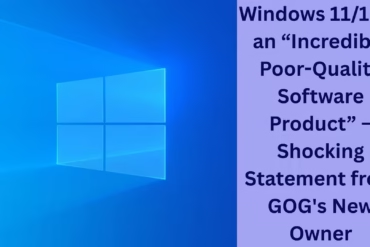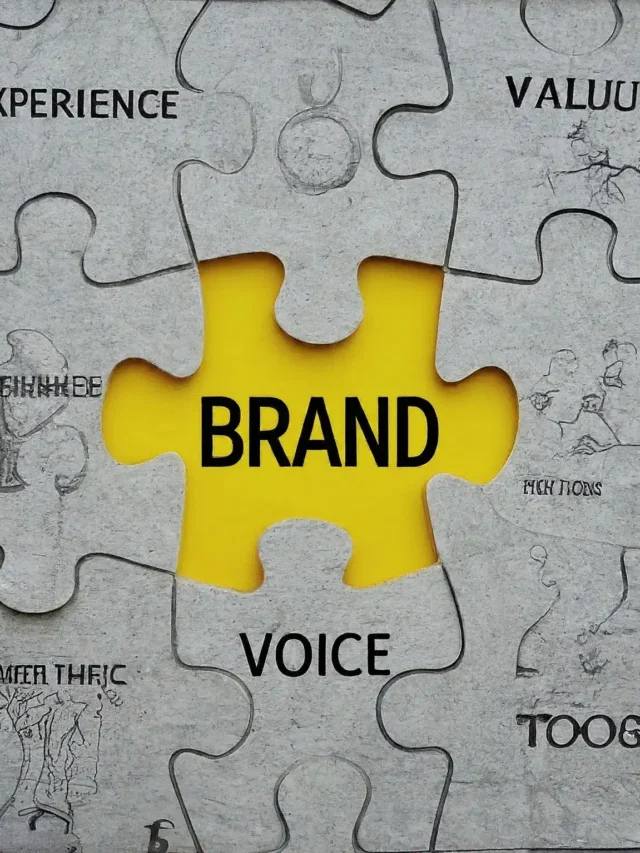Grow with Siya Ram SEO Services
Welcome to Siya Ram SEO Services, a leading digital marketing agency specializing in providing top-notch SEO services. As a reputable digital marketing company, we are dedicated to helping businesses like yours thrive in the competitive online landscape.
At Siya Ram SEO Services, we leverage advanced techniques such as keyword optimization, backlinking, and content creation to enhance your website’s visibility and improve its search engine ranking. Our tailored SEO services are designed to attract organic traffic, engage your target audience, and ultimately boost conversions.
Partner with our digital marketing agency today and experience the power of strategic SEO services that propel your business to new heights in the digital realm.
0
+
Total Clients
+
Projects Completed


























